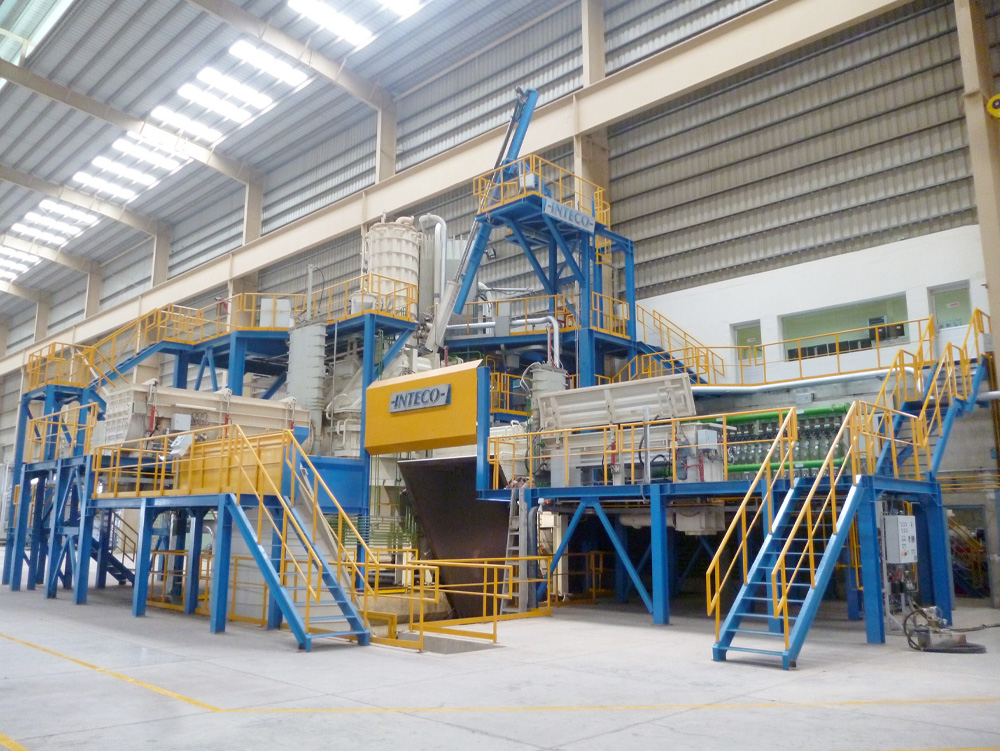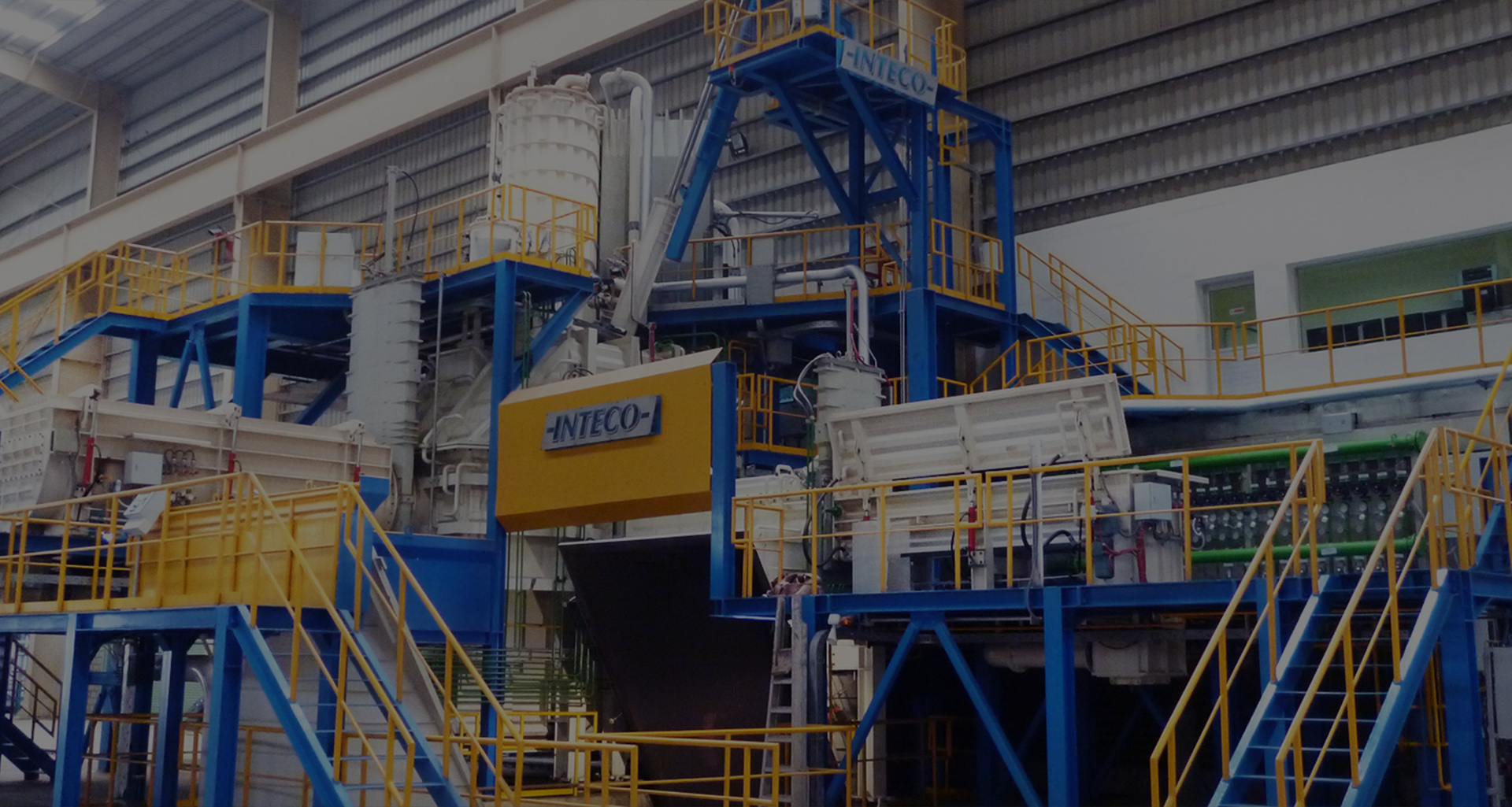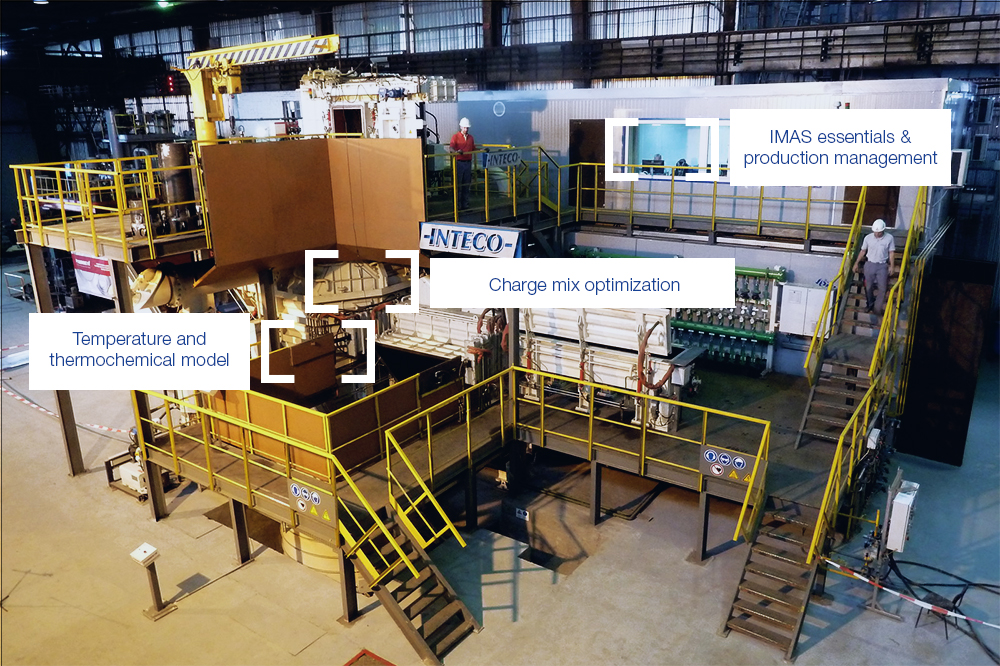VACUUM INDUCTION MELTING
- General information
- Variations
- Our technology – your advantage
- Digitalization
The vacuum induction melting (VIM) process has been established as the most important primary vacuum melting technique for today´s industrial production of high-performance special steels and superalloys for most demanding applications. Depending on the final application, VIM produced ingots are often used as electrodes in electro slag remelting (ESR) and/or vacuum arc remelting (VAR) processes.
Melting in vacuum has a long history of over 100 years, beginning in the 1920’s after induction furnaces were introduced. During the early sixties larger industrial VIM furnaces were designed for melting increasing quantities of high-temperature superalloys and ultra-high strength steels required by rapidly growing aerospace programs. The subsequent decades have led to a consolidation of the vacuum melting industry with different furnace designs and technical advances in operation for economic production of high-performance materials.
Today, the VIM process is carried out entirely under vacuum or controlled inert gas atmosphere including all operation sequences of charging, melting, alloying, sampling, temperature control, pouring and solidification.
The INTECO VIM furnace has been developed as a multi-chamber design, providing innovative advantages in terms of vacuum performance, melting procedure, casting method and plant ergonomics which enables our customers to reliably produce high end materials in a most modern and economic way.
- Single- or multi-chamber design
- Modular side charging chamber, trace alloy chamber and temperature and sampling manipulator
- Casting chamber in mould tunnel or turn table design for ingots and barstick production
- Bottom and/or top pouring
- Casting under vacuum, inert gas and atmosphere
- Hot crucible exchange and transfer
- Separate sintering position
- Casting speed control
- Heat sizes from lab scale up to 30t
- Modular multi-chamber design with small chamber volumes for highest operational flexibility and reliability
- Diagonal split design for melting and casting chamber for best access and safety
- Movable melt chamber bottom for open slag removal as well as accessibility for crucible cleaning, cold charging, relining and maintenance
- Highly efficient vacuum system adjustable to process needs (reduced pump-down time)
- All process related vacuum valves are of vertical design (unaffected by dirt and heat radiation)
- Shortest tundish design for reduced heat losses
- Automated tilt pouring system for smaller sized systems
- Tailor-made ergonomic design to meet customer specific requirements
- Holistic process and production management system (IMAS) including cost optimized operation calculation
Digitalization and smart production are transforming the steel industry, driving development and change. At INTECO, we offer not only first-class engineering in plant construction, but also customized digital solutions tailored to our customers’ demands. Enhance your production with our digital solutions and utilize the collected data to make strategic adjustments and drive continuous progress.
Thermo-chemical or thermo-physical models such as meltdown or temperature models provide real-time insight into your process.
The cost-optimized charge mix calculation and optimization tool calculates the exact and cost-optimized material mix and quantity to achieve the target composition. The calculation can be based on previously prepared materials, on strategic material storage, or a combination of both, optimizing material handling by using broken lots. Micro-dosing units and segregation optimization for heavy elements can also be implemented. The tool supports compacting by considering fractional sizes, ensuring perfect physical compacting. Both, ingot and slab-based, as well as batch-based optimization are possible.
The IMAS Production Management (IMAS-PM) manages conventional functions of a production management system such as recipe management, order scheduling, downtime recording as well as equipment and consumable consumption. Nevertheless, the main focus is on quality assurance. The integrated check-list module provides an aviation industry compliant solution for tracking every production step, not only in a generic way, but tailored to individual needs. You have the choice between a traditional, paper driven concept, an electronical, tablet-based application, or a combination of both. The production-based review system provides summary reports and detailed ingot or batch analysis for all relevant product categories such as ingots, slabs, powder, or flakes. The system includes rule-based deviation control modules and ensures that only high-quality products are being shipped. Technically, the system can be implemented into any existing production setup with a PLC-friendly standard interface such as OPC-UA and standardized REST interface for higher-level applications like ERP systems.
Projects

voestalpine Stahl Donawitz GmbH
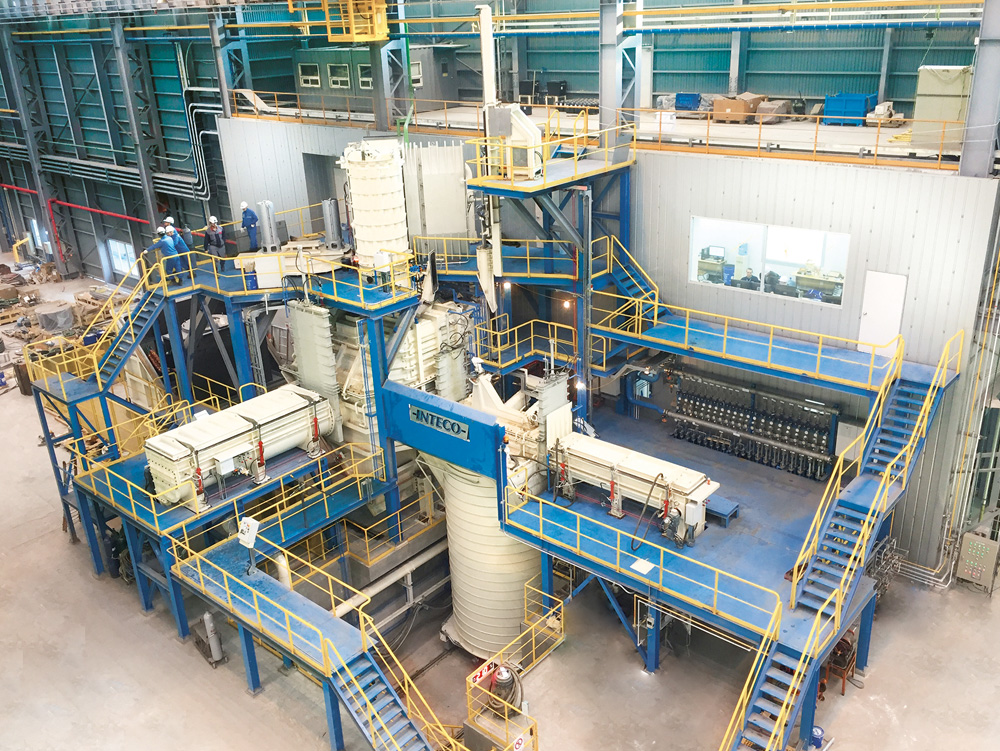
SeAH CSS
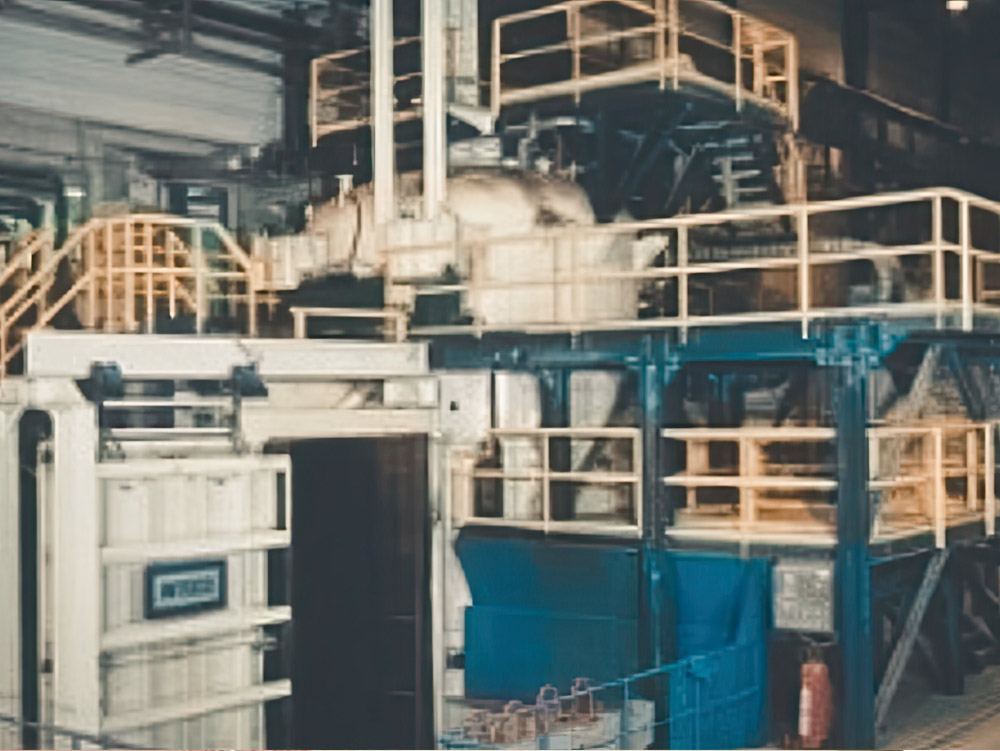
BGH Lippendorf
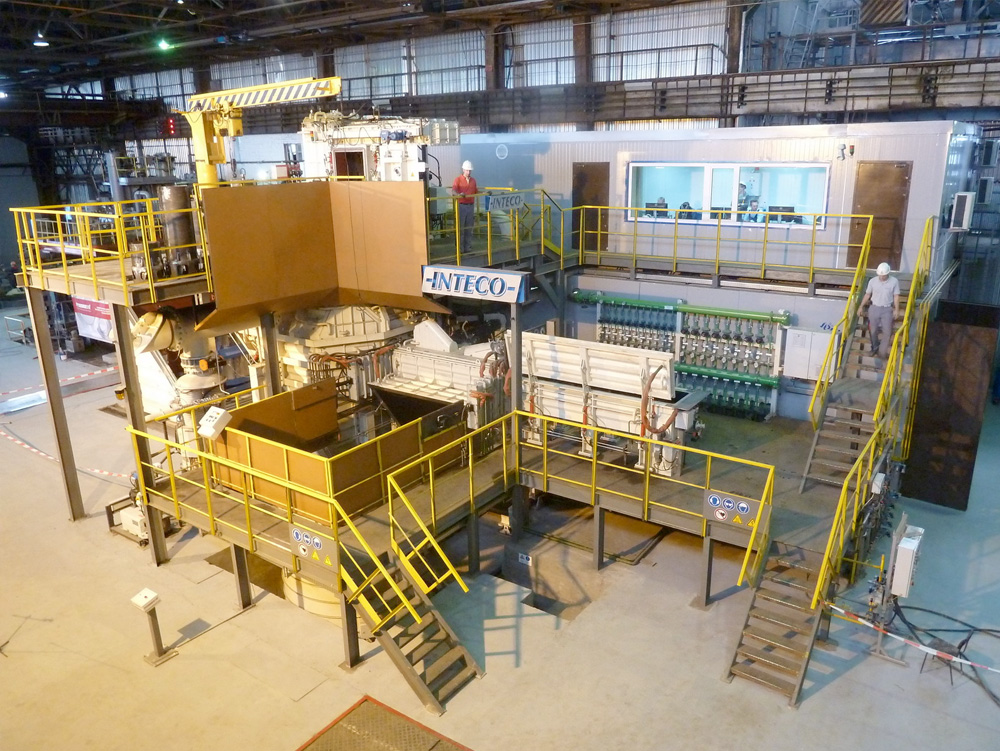
Ruspolymet
